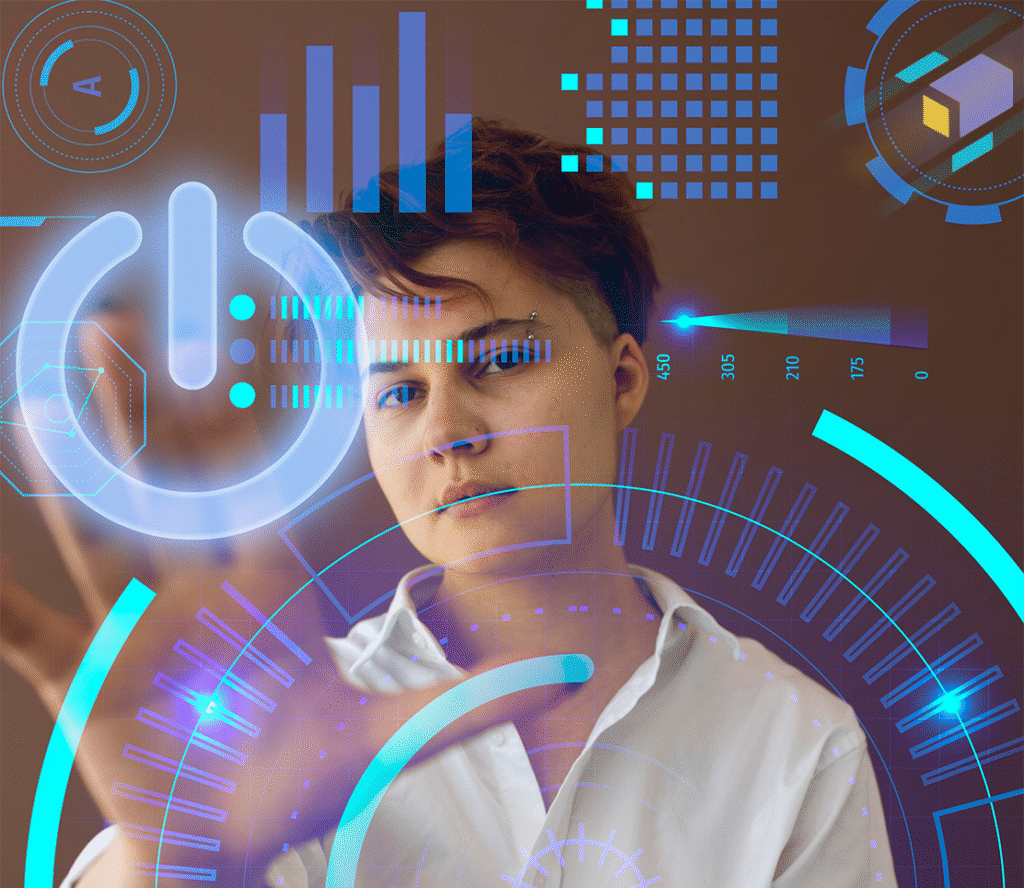Introduction
The future of education is not about choosing between humans and machines — it’s about understanding how the two can work together. Artificial Intelligence (AI) is transforming English language academies by adding powerful new capabilities. But it’s not replacing the human element; it’s reshaping it. The role of educators is shifting from simply delivering knowledge to guiding, mentoring, and adding context and purpose to the vast amount of information available today.
The Age of Artificial Intelligence
We are entering a new era — the Age of Artificial Intelligence — where data, insight, and human judgment come together to create a more effective and personalized education experience.
AI starts by organizing knowledge. The vast amounts of data generated by learners — scores, progress, preferences — can be processed by sophisticated algorithms. That lets educators see a clear structure emerge from the chaos. It highlights what each student knows, what they struggle with, and how they learn best.
This rich view lets academy providers move away from a “one-size-fits-all” approach and toward a tailored experience for each learner.
The Meaning Comes from People
AI might be able to structure data and provide valuable insight, but it’s people — teachers, coaches, and educators — who bring those numbers to life. Meaning comes from human interaction. Coaches interpret the data to motivate, inspire, and connect it to the goals and ambitions of their students.
Instead of competing with machines, the role of the teacher evolves into a coach, a guide — someone who makes sure each piece of knowledge finds its proper place in a student’s journey.
The Rising Role of the Teacher as Interpreter
This view resonates strongly with a key observation from education experts: the role of the teacher is growing more important, not less. Teachers become interpreters — making sense of the data provided by technology and applying their judgment to maximize a student’s potential.
AI might highlight a weak area in a student’s pronunciation or a pattern of mistakes in their writing, but it’s the teacher who interprets this information, provides context, and adjusts the approach to match the learner’s goals. Importantly, this human intervention transforms raw data into purposeful, personalized guidance.
Personalized Assessments and Speech Recognition
AI’s ability to assess, respond, and adapt in real time is a game-changer. Adaptive assessments can identify gaps in knowledge quickly and accurately. Speech recognition can help students practice their pronunciation, receiving instant feedback in a way that a human teacher might struggle to provide individually.
For the academy, this means delivering a more personalized experience at scale. Instead of a teacher needing to split their attention across many students, technology assists by offering tailored practice to each person — freeing the teacher to focus on what matters most: guiding, mentoring, and instilling confidence in their learners.
The Future is Collaborative
Effective language learning is no longer about delivering content in a rigid way; it’s about understanding how each person interacts with knowledge and tailoring the experience to match their needs. The future will be a collaboration between technology and educators — a synergy where the human touch is enhanced by the power of Artificial Intelligence.
Conclusion
AI is not replacing the teacher; it’s empowering them. It’s a tool for organizing knowledge, identifying weaknesses, and tailoring practice — all to enable educators to become more effective guides and interpreters.
The result is a rich, personalized education experience where technology provides structure and insight, while people add context, motivation, and a human touch. The future of English language education lies in this collaboration — a future where humans and machines together help learners reach their full potential.
